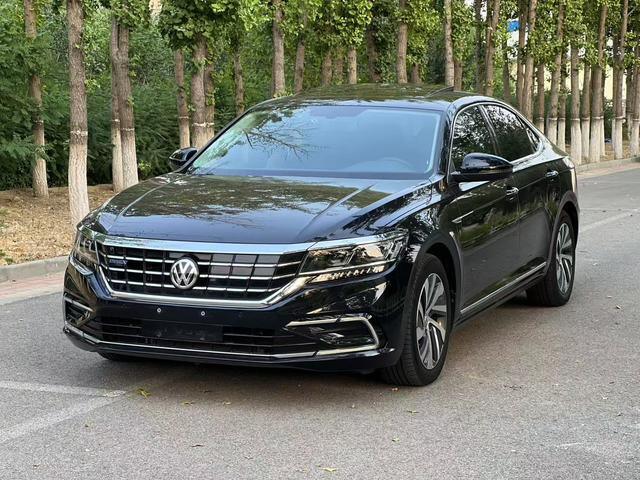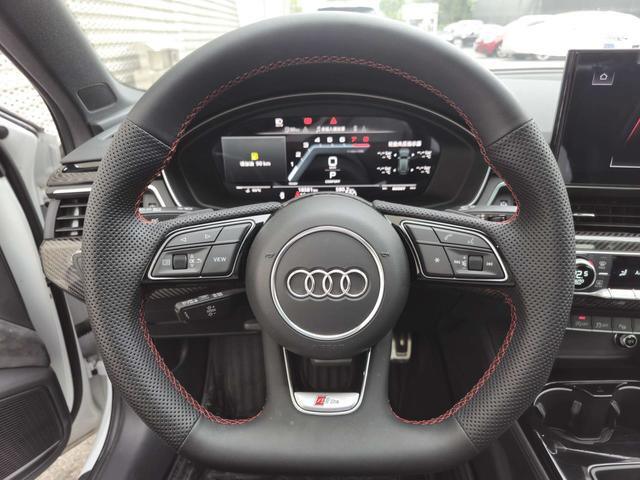safe new cars
Modern safe new cars represent the pinnacle of automotive engineering, combining cutting-edge safety technologies with innovative design features. These vehicles incorporate advanced driver assistance systems (ADAS) including automatic emergency braking, lane departure warnings, and adaptive cruise control. The integration of multiple radar sensors, cameras, and AI-powered systems creates a comprehensive safety cocoon around the vehicle. Notable features include blind-spot monitoring, rear cross-traffic alerts, and 360-degree camera systems that provide complete visibility. These cars also feature enhanced structural integrity with reinforced safety cages, multiple airbag systems, and crumple zones designed to absorb impact energy. The implementation of electronic stability control, traction control, and anti-lock braking systems ensures optimal handling in various driving conditions. Many models now include pedestrian detection systems, automatic high beams, and traffic sign recognition technology. Interior safety features comprise adjustable head restraints, advanced seatbelt systems with pre-tensioners, and ISOFIX child seat anchors. The integration of connected car technologies enables emergency response systems that automatically contact first responders in the event of an accident.


